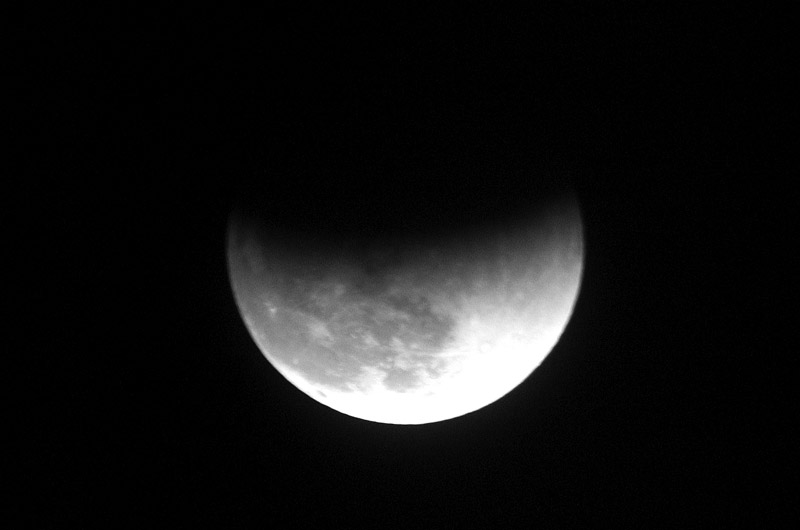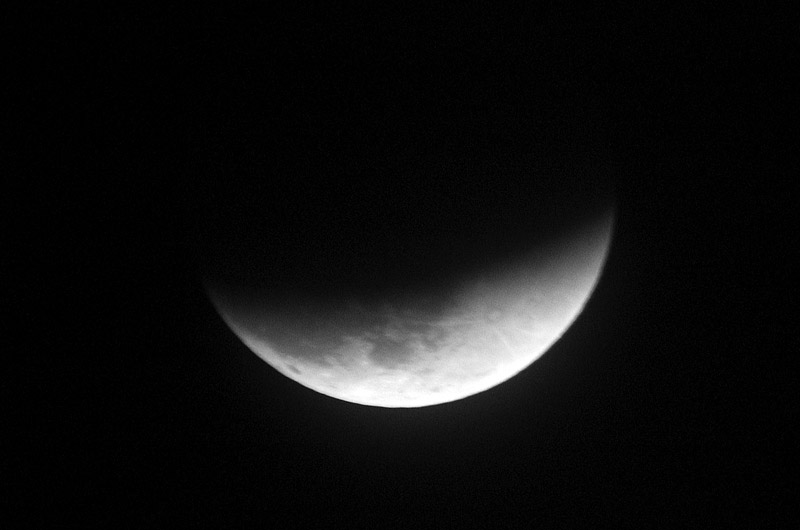If the weather is clear, Sunday night will open with a brilliant harvest full moon rising over Chappaquiddick. The light of the moon will dominate the sky, making it difficult to see anything but the brightest of stars and the planet Saturn in the south.
But in a span of less than two hours, the moon will fade and the night sky will be given over to the stars as we experience a lunar eclipse, beginning at 8:40 p.m. when the moon starts to enter the Earth’s shadow, the penumbra. The total eclipse begins at 10:11 p.m. when the moon moves into the umbra, the darkest part of the shadow.
While lunar eclipses have occurred from time to time over the years, there is no one alive who can report seeing a lunar eclipse on so important a night as a full moon nearest to the first day of autumn. Island tides will certainly take notice.
Mid-eclipse, when the moon is fully under the spell of the Earth’s shadow, takes place at 10:48 p.m. At that time, it may take some effort to find the faint moon in the southern sky. It could be a bright pumpkin orange or a dark brown. What illuminates the moon during a lunar eclipse is the echo of a thousand sunsets and sunrises on Earth.
If you could stand on the moon during a lunar eclipse there would be darkness. You would look up at the dark starry sky and see the Earth as a black object. The Earth’s atmosphere would be a ring of light circling our planet.
If the Earth had no atmosphere, at total eclipse the moon would fully disappear, becoming a black ball in the dark night surrounded by bright stars. It is only because of the Earth’s atmosphere that the moon remains faintly visible. In fact, the brightness of the moon, or color, is determined by what is occurring in our atmosphere. Scientists report that what is in the Earth’s atmosphere — the amount of volcanic smoke, forest fires, the abundance of clouds — all contribute to the color of a lunar eclipse. This also explains why our own sunrises and sunsets are at times more colorful than at other times. The color and drama of our sunrises and sunsets is more a product of what is in our atmosphere than the color or brilliance of the sun, which never changes.
This full moon takes place at a time when the moon is in perigee, closer to the Earth than at any other time in its 28-day orbit. Because of this, high and low tides will be more extreme than usual. Tides will run higher at noon and at midnight, and lower at sunrise and sunset. At low tide, shallow sandbars that are normally hidden will surface.
The end of the eclipse will begin to appear at 11:23 p.m. The eclipse will end completely at 1 a.m., when the harvest moon returns to its original glory.






Comments (4)
Comments
Comment policy »